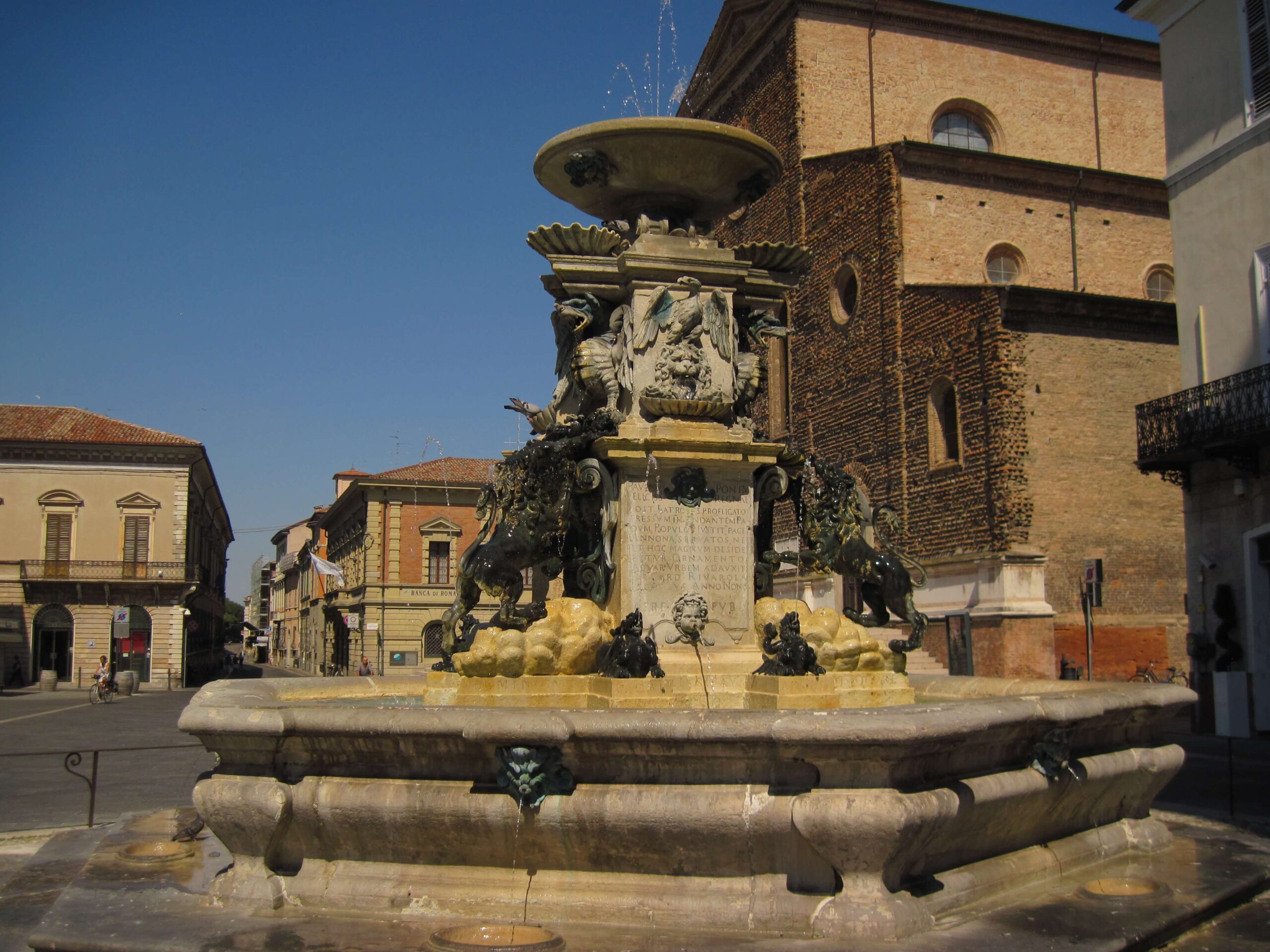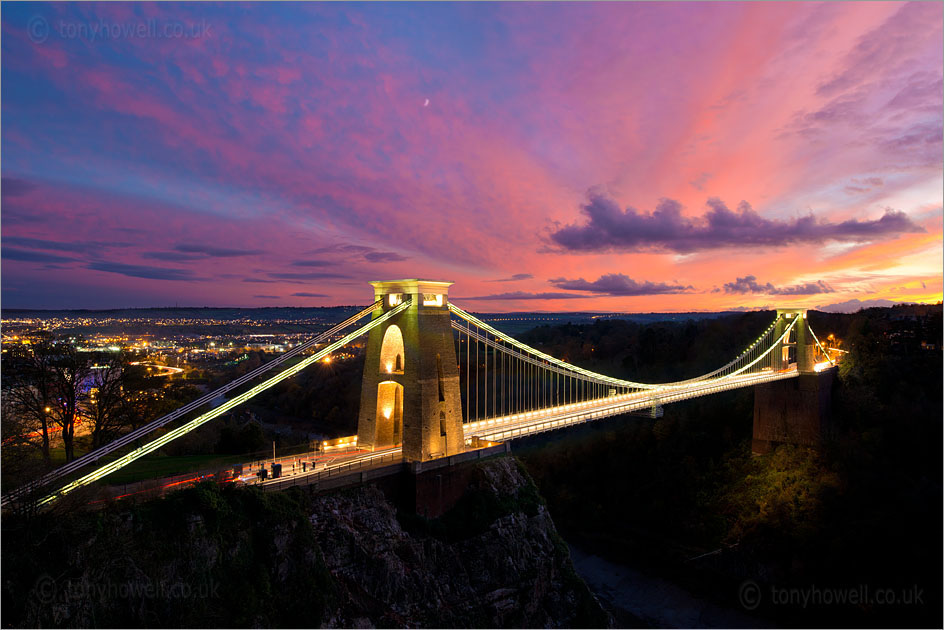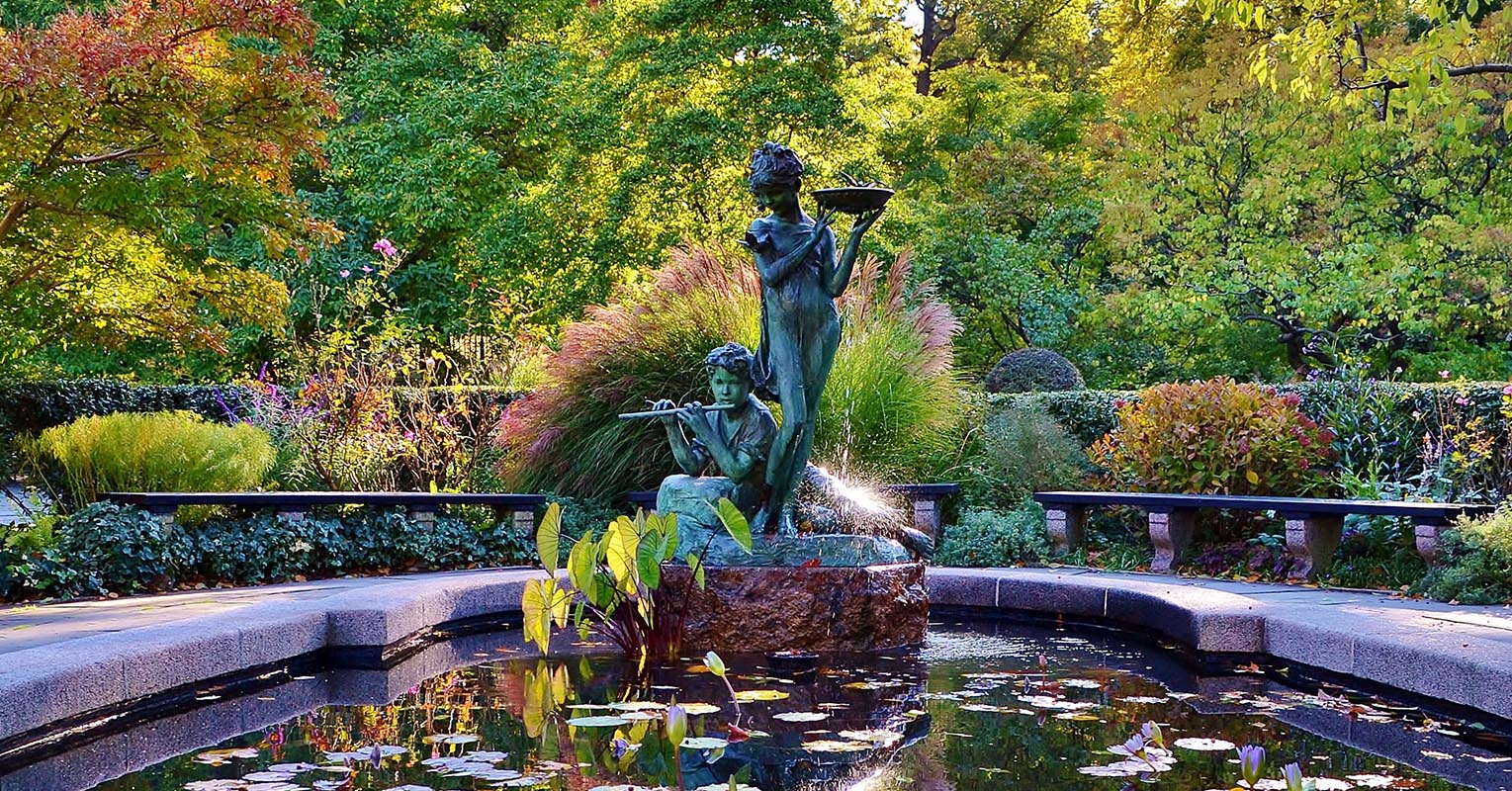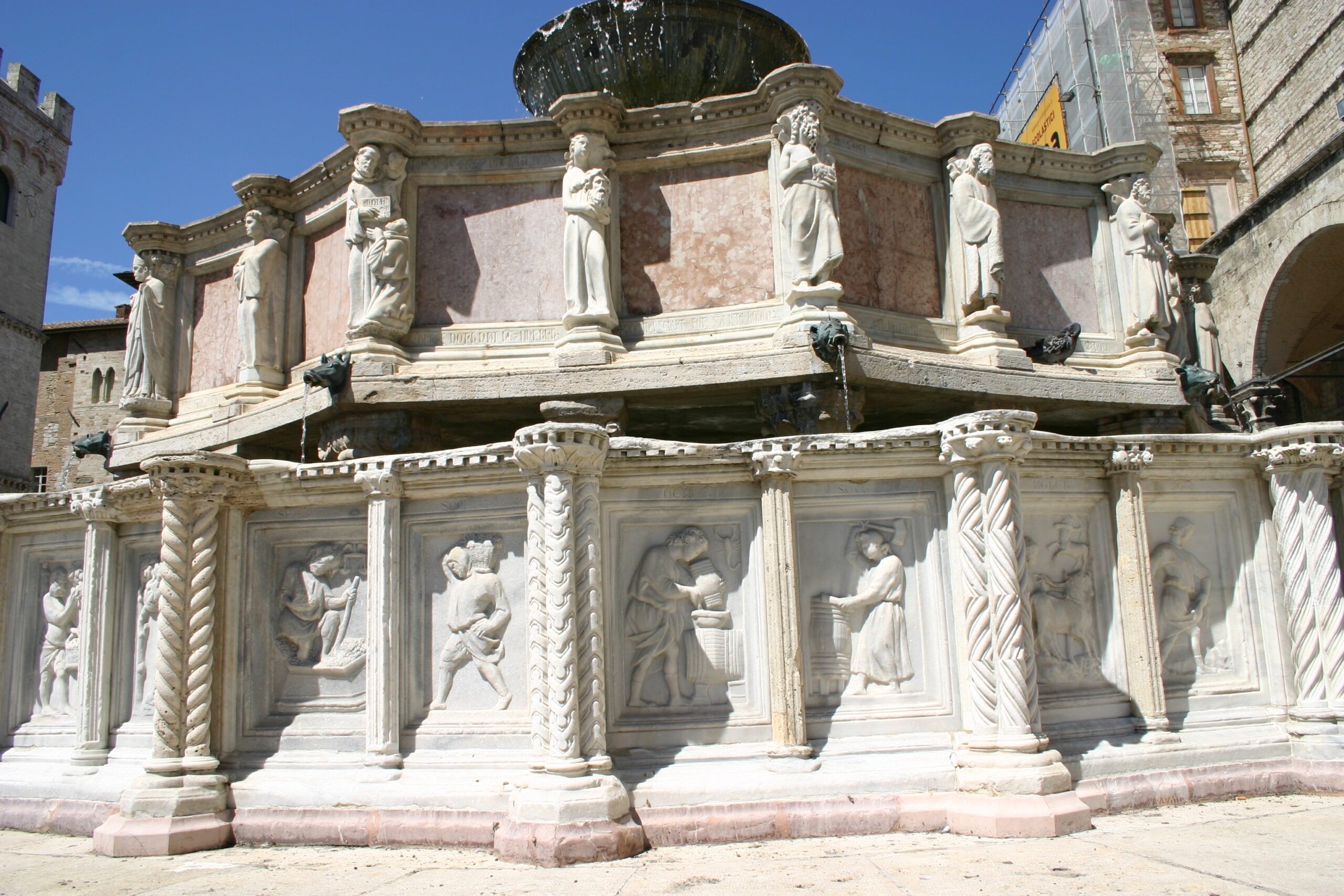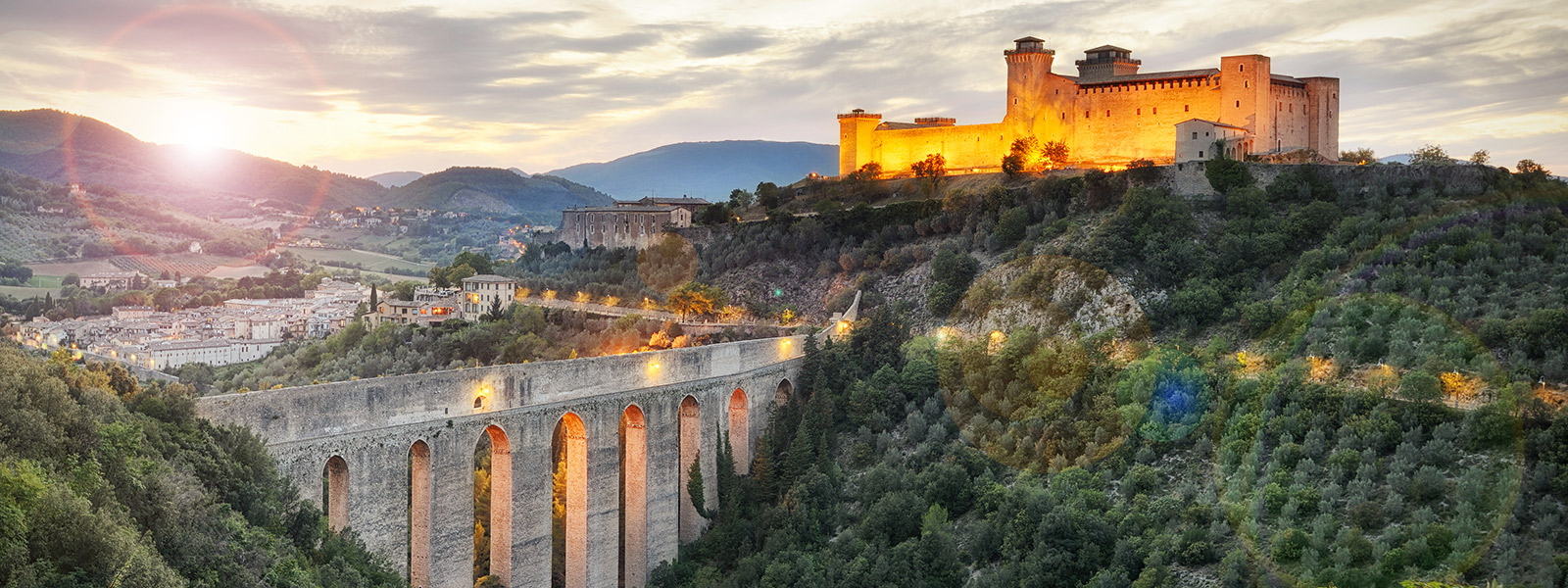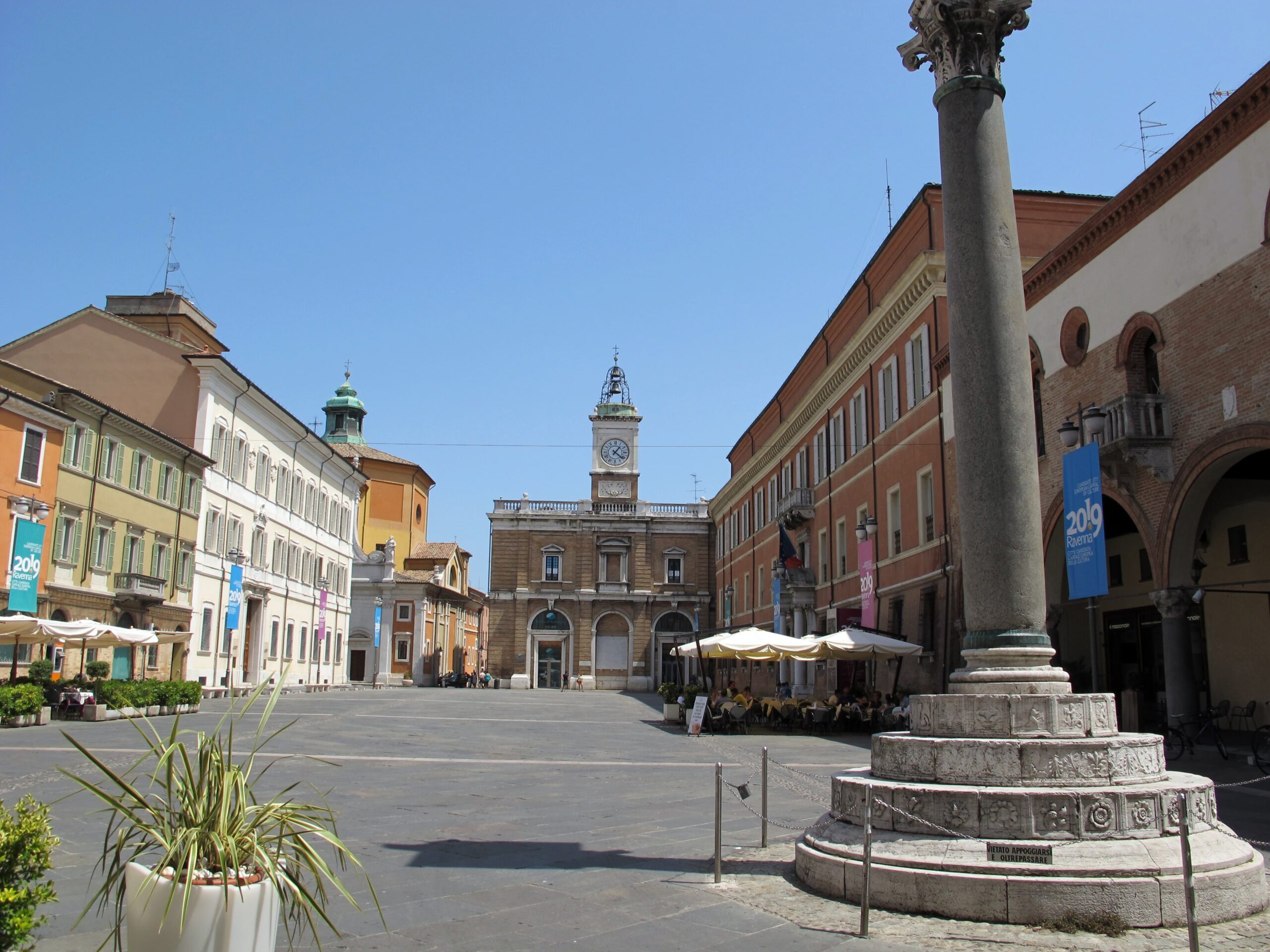Until a little more than a century ago, it also served a very important practical function, providing the population with water that was far healthier than that from wells inside the city, which were often polluted by sewage from stables or sewers with leakage. Faenza was one of the first cities in Romagna to have an aqueduct, which, although limited to a few points of emission, was for a long time a source of pride for the community.
As early as the Renaissance period, a fountain for the use of the people existed at the municipal loggia. Then, in 1583, Friar Domenico Paganelli (1545-1624), papal architect and superintendent of the factory of St. Peter’s (i.e., the Faentine Cathedral), was commissioned to bring water to the center.
He found excellently potable water in the Cartiera locality and had the construction of an earthen aqueduct begun, work that was interrupted for a long time as the friar was called to Rome for other works.
It was resumed in 1614, and Paganelli himself, at the suggestion of Cardinal Rivarola, commissioned the Ticino architect D. Castelli, who completed the work in 1621.
